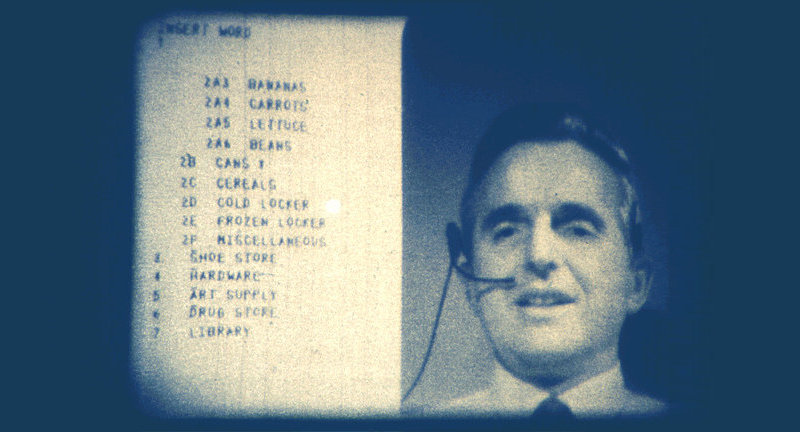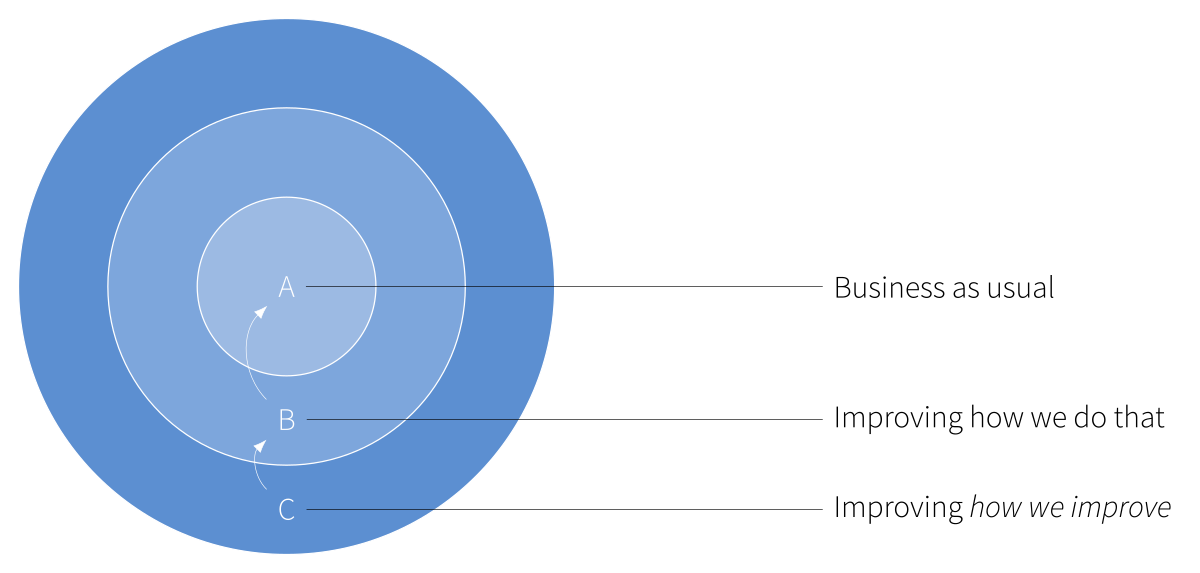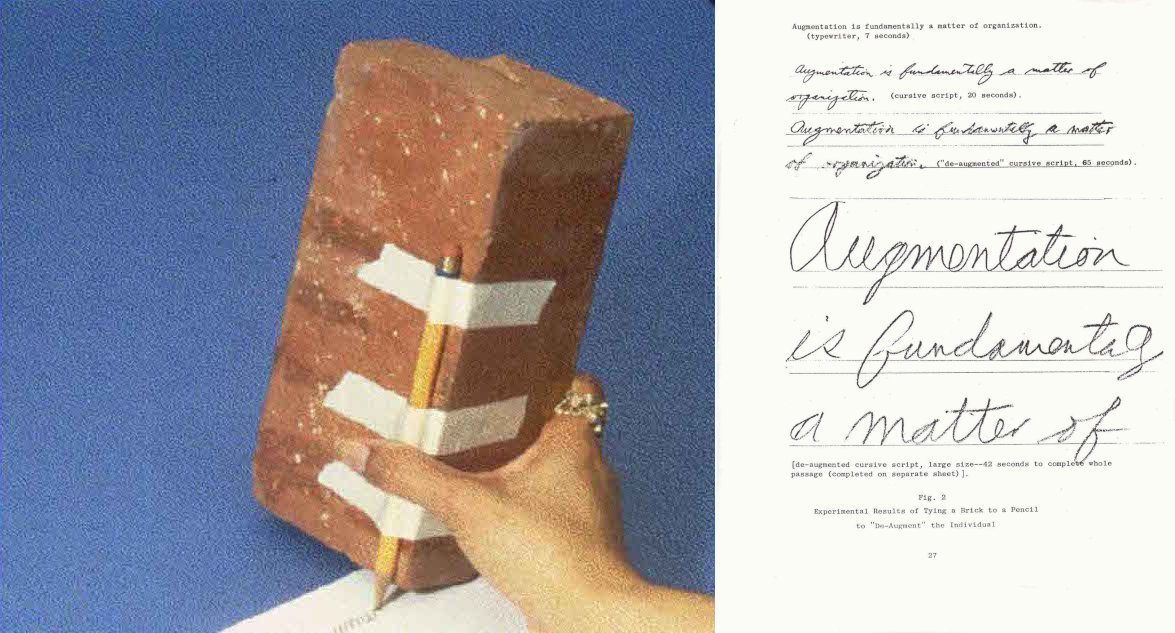summing up 105 - the mother of all demos
Today, exactly 50 years ago, a man invented the future.
If you've been following my writing, talks and ideas you've certainly heard his name: Doug Engelbart.
On 9th December 1968, he and his team demonstrated the prototype of his vision at the Fall Joint Computer Conference in San Francisco in front of about 1,000 computer professionals.
This demo introduced so many key concepts we still use today: the computer mouse, windows, graphics, video conferencing, word processing, copy & paste, hypertext, revision control, a collaborative real-time editor and much more. No wonder it's also known as the Mother of all Demos.
What's so striking about Engelbart's demo however isn't how much has changed since then, but how many things have stayed the same.
To celebrate this somewhat special day, I want to deviate a bit from my usual format and highlight some of his key ideas which impress me to this day.
The Mother of all Demos, which I alluded to earlier, is certainly one of the most important pieces of our computer history. If you can spare some time this holiday season, I can only commend to watch parts of this demo. It was a jaw-dropping experience for me. And a testament to what can happen when you get a bunch intelligent people together and ask them to invent the future.
The ABCs of Organizational Improvement is a framework I rely heavily on when working with clients. It depicts three types of basic activities which should be ongoing in any healthy business:
(A) Business as usual: Processes you can find in every business and include the core activities, such as developing a product, manufacturing, marketing, sales etc. It is all about execution and carrying out today's strategy.
(B) Improving how we do that: Thinking about how to improve the ability to perform A. This includes training, hiring, adopting new tools & processes, workflows or bringing in external consultants.
(C) Improving how we improve: How can we improve how we improve? How can we get better at inventing better processes in B? It's this part most businesses struggle with, but at the same time brings the most value. This kind of meta-thinking is the shift from an incremental to an exponential improvement and ultimately the advancement of the business as a whole.
Augmenting Human Intellect: A Conceptual Framework lays down Engelbart's fundamental vision. In there you can find his famous example of taping a pencil to a brick and thereby significantly slowing down the ability to write. When you make it harder to do the lower parts of an activity, it becomes almost impossible to do the higher parts of an activity – like exploring ideas, structuring your thoughts & ideas or to distill the essence of something to the essential. Our tools influence the thoughts we can think, and bad tools interfere with thinking well.
Engelbart's vision went much further, as he intended to augment human intellect and enable people to think in powerful new ways, to collectively solve urgent global problems. To really understand what he means by that, you have to forget today. You have to forget everything you know about computers. You have to forget everything you think you know about computers. His vision is not about computers, it's about us and the future of mankind:
Technology should not aim to replace humans, rather amplify human capabilities.
Engelbart’s vision & philosophy continues to influence many technologists today, myself included, I hope I could explain why.
Want more ideas like this in your inbox?
My letters are about long-lasting, sustainable change that fundamentally amplifies our human capabilities and raises our collective intelligence through generations. Would love to have you on board.


